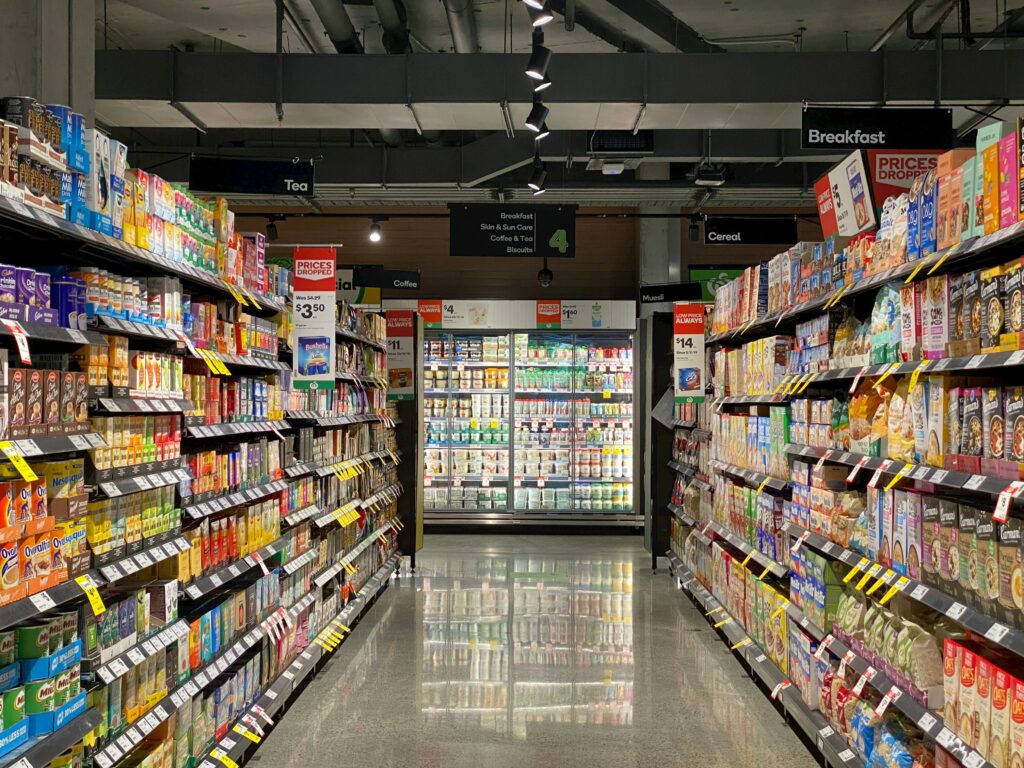What is Merchandising in Retail? Understanding Its Importance and Types

Merchandising in retail is a vital strategy that directly impacts customer experience and sales performance. In this blog post, we will explore what merchandising in retail means, its significance, and the various types of merchandising that retailers can utilize to enhance their business strategies.
What is Merchandising in Retail?
Merchandising refers to the activities and strategies used to promote the sale of products in retail stores. It encompasses everything from product placement and pricing to visual displays and promotional tactics. Effective merchandising aims to create an appealing shopping environment that attracts customers, encourages purchases, and maximizes sales.
The Importance of Merchandising in Retail
Understanding what merchandising in retail entails is crucial for retailers seeking to improve their sales and customer satisfaction. Here are some key reasons why merchandising is important:
- Enhances Customer Experience: A well-merchandised store makes it easier for customers to find what they need, leading to a more enjoyable shopping experience.
- Increases Sales: Strategic product placement and attractive displays can lead to higher impulse purchases, ultimately boosting overall sales.
- Builds Brand Loyalty: Consistent and appealing merchandising can help create a strong brand identity, fostering customer loyalty and repeat business.
- Optimizes Space: Effective merchandising utilizes retail space efficiently, ensuring that every product has maximum visibility and accessibility.

Types of Merchandising
Understanding the different types of merchandising is essential for retailers aiming to implement effective strategies. Here are some of the most common types:
1. Visual Merchandising
Visual merchandising focuses on the overall look and feel of the retail environment. This includes window displays, signage, and the arrangement of products in-store. By creating visually appealing displays, retailers can attract customers and enhance their shopping experience.
Example: A clothing store might use mannequins dressed in the latest styles, arranged in an eye-catching way to draw attention.
2. Product Merchandising
Product merchandising is concerned with how individual products are presented. This includes packaging, labeling, and the arrangement of products on shelves. Effective product merchandising ensures that items are easy to find and appealing to customers.
Example: Organizing skincare products by type and displaying them on shelves with clear labels and attractive packaging can enhance visibility and encourage purchases.
3. Cross-Merchandising
Cross-merchandising involves placing related products together to encourage additional purchases. This strategy leverages customer behavior to increase the average transaction value.
Example: A grocery store might display chips next to salsa, promoting them as complementary items.
4. Seasonal Merchandising
Seasonal merchandising capitalizes on holidays or special events to boost sales. Retailers create themed displays that highlight seasonal products, creating urgency and excitement among customers.
Example: During the holiday season, stores might feature decorations and gift items prominently, enticing customers to shop for seasonal gifts.
5. Digital Merchandising
As e-commerce continues to grow, digital merchandising has become increasingly important. This involves optimizing online product listings, images, and descriptions to enhance the online shopping experience.
Example: An online clothing retailer might use high-quality images, detailed product descriptions, and customer reviews to encourage purchases.
6. Impulse Merchandising
Impulse merchandising focuses on encouraging customers to make unplanned purchases. This strategy typically involves placing low-cost items near the checkout area or in high-traffic areas of the store.
Example: A convenience store might feature snacks, drinks, or small gadgets near the cash register to entice customers waiting in line.

Conclusion
Understanding what merchandising in retail means and exploring its various types can significantly enhance your retail strategy. By implementing effective merchandising techniques, retailers can improve customer experience, increase sales, and foster brand loyalty.
At Analyticsmart, we specialize in providing insights and tools to help retailers optimize their merchandising strategies. Whether you’re looking to enhance visual merchandising, planogram services, or digital merchandising, our expertise can empower your retail business.
Ready to take your merchandising to the next level? Contact Analyticsmart today to learn more about how our solutions can drive your retail success!
Have A Question?
Learn how Analyticsmart can elevate your retail performance with data-driven insights and customized solutions.
Contact Sales
Have a question or comment? Submit your message through our contact form and a member of our team will get back to you within 24 hours.
Marketing Head | Analyticsmart
Unlock Your Retail Potential With Us
